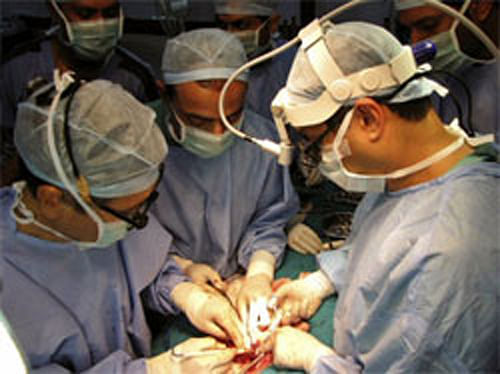
MBBS doctors are no better than quacks in detecting a disease based on good old clinical symptoms, suggests a new study, raising key questions on the quality of education and training provided by many medical colleges.
With untrained professionals accounting for 70 per cent of rural healthcare, the new study demonstrates “only small differences between trained and untrained doctors” in identifying signals of an illness and “no differences in making a diagnosis or providing the correct treatment.”
When a bunch of decoy patients narrated their symptoms of chest pain and asthma as well as symptoms of dysentery in their children, MBBS doctors did as much of wrong diagnosis and prescribed harmful treatments as the quacks did.
The trend is the same in urban pockets as well as the countryside.
The health care providers were selected from 60 villages in three districts of Madhya Pradesh and six pockets in Delhi. As per global public health norms, the health care providers – be it MBBS doctors or quacks – are to follow a standard checklist of what to do and what to ask and suggest appropriate course of action to the patients. But a significantly large number of trained doctors failed to do so, notwithstanding five years of medical training.
“In fact, the evidence suggests untrained private sector providers (quacks) were better in adhering to the checklist, and no worse in their treatment protocols, than their public sector counterparts (government doctors),” says the study published in December 3 issue of Health Affairs. Half of these quacks did not complete secondary education. Many launched their own health care practice after being a compounder (assistant to a doctor) for several years.
Could have been worse
The checklist prepared by a team of researchers from the World Bank, Johns Hopkins University, Duke University and Massachusetts General Hospital, was collated from national and global protocols. “Had we used the National Rural Health Mission protocol (supposed to be followed in the primary health care centres) the situation would have looked even worse,” Jishnu Das, lead author of the study from the World Bank, told Deccan Herald.
In Madhya Pradesh only 11 per cent of health care providers have a medical degree and just over half reported some education beyond high school. “Across all cases in MP, correct treatment protocol was followed 30.4 per cent of the time, while an unnecessary or harmful treatment was prescribed 41.7 per cent of the time,” it said.
In Delhi, 52 per cent providers have a medical degree and correct treatment was suggested in 45.6 per cent cases, suggesting MBBS degree was not a guarantor for proper treatment.
“The study is in agreement with our observation on poor quality of young doctors passing out of private medical colleges, who are woefully short of training and depend too much on lab tests for detecting a disease rather than clinical diagnosis,” commented Jasodhara Dasgupta, coordinator of Sahyog, a Lucknow-based non governmental organisation, who is not involved with the study.
